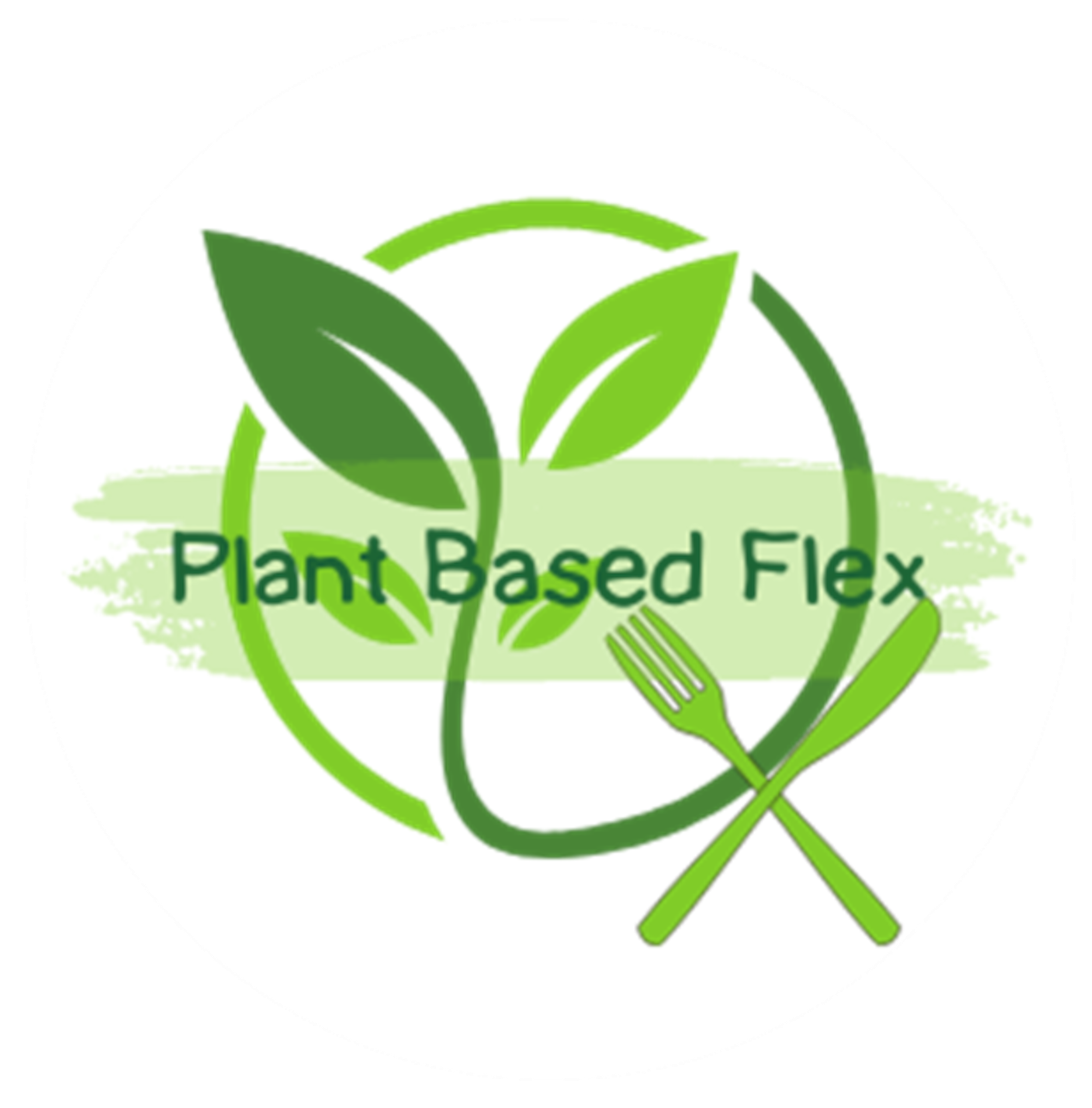Train Your AI Puppy, Teach Your Brain
If you’ve ever thought, “Why did ChatGPT miss what I meant?” you’re not alone. Great results aren’t magic — they’re communication. Prompts are how you teach your AI Puppy what to do.

Train Your AI Puppy, Teach Your Brain: A Friendly Guide to Better Prompt Writing
Part of the AI Puppy Series on Plant Based Flex — helping you “train” AI like a lovable, eager-to-learn pup while you level up your own skills and confidence.
If you’ve ever thought, “Why did ChatGPT miss what I meant?” you’re not alone. Great results aren’t magic — they’re communication. Prompts are how you teach your AI Puppy what to do, what “good” looks like, and where the fences are. This post shows you how to write clearer prompts, what to think about before you type, and where to learn more (free!) so you can actually get the outcomes you want.

Why prompts matter (and why the Puppy metaphor works)
Your AI is like a super-smart puppy: curious, fast, and eager to please — but not a mind reader. Clear instructions, examples, and boundaries turn chaos into consistency. Every time you write a better prompt, you’re:
- saving time you’d spend fixing outputs,
- teaching reusable patterns you can keep using,
- building a personal “language” the AI starts to recognize.

The quick win: a tiny checklist before you prompt
Ask yourself — do I clearly state:
- Purpose (what outcome do I want?),
- Audience (who’s it for?),
- Inputs (what should it use?),
- Constraints (must-have rules),
- Format (what should the final answer look like?),
- Examples (one or two “this is good” samples).
If those six are present, your results improve immediately.

The FETCH-PLAY framework (your AI Puppy training plan)
Use this 2-part memory trick when you write any prompt.
FETCH (to set the task)
- Format the output: table, bullets, script, etc.
- Examples: include a short “golden” example if possible.
- Tone & voice: friendly, concise, energetic, etc.
- Constraints: do/don’t, word counts, safety, sources.
- Handoff: what happens next (e.g., “end with 3 next steps”)?
PLAY (to iterate)
- Preview: skim the first result; is it close?
- Loop: tell the AI what to adjust (“shorter intro, more verbs”).
- Add data: give it real inputs, not vague ideas.
- Yes/No tests: ask it to self-check (“list 3 ways this could fail”).
Prompt patterns that just work
- Role + Task + Target
“You are a nutrition editor for adults 60+. Rewrite this article for busy readers who want simple swaps.” - Few-shot examples
Give 1–2 mini examples of good outputs. The model will copy the pattern. - Constraints & scoring
“Keep under 120 words. Use 3 short sentences. Score yourself 1–5 for clarity; if <4, revise.” - Rubrics
“Use this rubric: 1) Clarity 2) Accuracy 3) Practicality. Aim for 5/5.” - Chain steps
“First outline, then draft, then tighten. Ask me to approve each step.”
These patterns align with widely recommended best practices from OpenAI and Anthropic. OpenAI Platform+2OpenAI Cookbook+2

Reusable mini-prompts for your workflow
1) Blog section rewrites (AI Puppy voice)
You are my “AI Puppy” writing coach. Task: rewrite the section below for adults 50–70 who want simple, uplifting guidance. Format: 3 short paragraphs + 3 bullet tips. Tone: warm, encouraging, jargon-free. Constraint: no clichés, no hype. End with 1 reflective question. Text: “{paste}”
2) Recipe → short IG caption
Role: Social copywriter. Task: 1 caption that highlights benefits for thriving beyond 60. Constraints: ≤110 words, 3 punchy lines, 5 relevant hashtags, 1 soft CTA to read the full post on my site. Use plain language. Input recipe: “{paste}”
3) Etsy product blurb (no hype, clear benefits)
Role: Etsy listing writer. Task: 120–160 word description. Audience: shoppers who want practical, printable wellness tools. Constraints: front-load benefits, then features; scannable lines; no medical claims; end with care/instructions.
4) YouTube VO polish
Role: VO editor. Task: tighten for pacing (120–140 wpm). Constraints: short sentences, everyday words, remove filler, keep 1 vivid image per paragraph. Output: VO only + optional on-screen text in [brackets].
5) “Fix my prompt” mechanic
Be my prompt mechanic. Given this draft prompt, (1) identify missing pieces using FETCH, (2) rewrite it, (3) give me a 1-minute practice drill. Prompt: “{paste}”
Five common mistakes (and how to avoid them)
- Vague goals → Add a one-line success test: “This is successful if…”
- No examples → Add a short “good” sample to copy.
- One-shot everything → Work in steps; approve each step.
- Too much in one go → Split long tasks (outline → draft → edit).
- No self-check → Ask the model to critique and revise its own output.
These map to the same best practices found in leading guides from OpenAI and Anthropic. OpenAI Platform+2OpenAI Cookbook+2

Free courses & trustworthy guides (bookmark these)
- ChatGPT Prompt Engineering for Developers — Andrew Ng & Isa Fulford (short, practical, free to audit). DeepLearning.ai+1
- Vanderbilt: Prompt Engineering for Everyone — accessible intro with patterns (free to audit). Coursera
- Vanderbilt: Prompt Engineering Specialization — deeper dive into patterns & projects (free to audit). Coursera
- Google Prompting Essentials — a crisp 5-step way to design prompts. Grow with Google
- OpenAI Prompt Engineering Guide — concise, model-aware tips. OpenAI Platform
- OpenAI Cookbook — hands-on examples and techniques you can copy. OpenAI Cookbook
- Anthropic Prompt Engineering Overview — excellent success-criteria mindset + when to prompt vs. finetune. Claude Docs
Tip: Audit for free now, revisit later with fresh questions. Courses are great, but deliberate practice is where you’ll grow fastest.
Ten tiny practice drills (5 minutes each)
- Rewrite a paragraph in 3 different tones; pick the clearest.
- Give 2 “good” captions and 1 “bad” caption — ask AI to explain the differences.
- Ask the model to list the assumptions it made about your audience; correct them.
- Give a weak prompt and tell AI to apply FETCH to improve it.
- Turn a long post into: (a) 5 Tweets, (b) 1 IG caption, (c) 1 newsletter teaser.
- Feed a messy table and ask for a clean schema + validation rules.
- Ask the AI to propose rubrics for quality — then score its own output and revise.
- Give the same task twice: once with no example, once with a 3-line example. Compare.
- Ask the AI to list 3 things it’s unsure about in your request; answer them; rerun.
- Give it your voice notes and say: “Extract my phrases, create a mini voice-board.”
Your AI Puppy voice-board (starter)
Paste this at the top of tough prompts so outputs sound like you:
Voice & style: friendly, practical, no fluff, short sentences, helpful teacher vibe.
Audience: adults 50–70 seeking simple, sustainable steps.
Phrases I use: “flex your plant power,” “thrive beyond 60,” “keep it simple.”
Don’t: over-promise, use jargon, or long paragraphs.
A fill-in prompt template (copy/paste)
You are {role}. Your task: {what to create}.
Audience: {who}. Purpose: {goal}.Inputs you must use: {data, links, quotes}.Constraints: {word count, tone, no claims, cite sources if used}.Format: {bullets/table/script/etc}.Quality bar: Use this rubric {criteria}. Score yourself then revise to 5/5.Process: 1) outline 2) first pass 3) tighten 4) final.End with {next steps / CTA / summary}.
Safety & reliability nudge
When you ask for facts, request sources and let the model say “I don’t know” instead of guessing. This aligns with current guidance on reducing hallucinations and improving accuracy in modern prompting guides. Claude Docs
Wrap-up: Make the Puppy proud
Better prompts are a skill — not a mystery. Use FETCH to set the task, PLAY to iterate, and practice with tiny drills. Bookmark a couple of the free resources above and revisit them as your needs grow. Soon, you’ll feel the click: your AI Puppy “gets” you.
Want more hands-on help?
- I’m building more AI Puppy walkthroughs, cheatsheets, and mini-drills in the series hub.
- If you’re new here, join my blog updates to get the newest AI Puppy posts, plus practical guides to help you thrive beyond 60. (You can unsubscribe anytime.)
Paws up — let’s make your next prompt your best one yet. 🐾
📘 AI Mastery for Life & Business
Discover how to make AI work for you — even if you're not tech-savvy. This beginner-friendly guide walks you through using tools like ChatGPT to simplify your life, create digital products, stay organized, and unlock creativity at any age.
- ✔️ Build smarter routines with less stress
- ✔️ Use AI for content, planning, and productivity
- ✔️ Designed especially for midlife and beyond
📬 Want more personalized guidance, focused content, and member-only tools?
Subscribe to my free newsletter and get access to exclusive resources, weekly insights, and practical tools to help you thrive in life, business, and wellness using simple AI support. You’ll get content that’s created just for subscribers — not shared anywhere else.
This resource is for educational and lifestyle inspiration only. While I share how I personally use tools like ChatGPT, I am not a certified tech expert. Use AI at your own pace and comfort level, and consult a professional for technical advice as needed.
💌 Haven’t joined the Plant Based Flex blog yet?
It’s completely free, and when you confirm your email, I’ll send you my 7-Day Kickstart Wellness Bundle to help you start thriving beyond 60.
